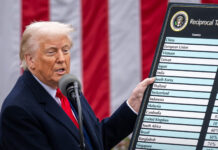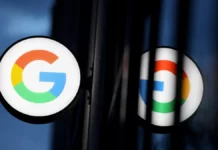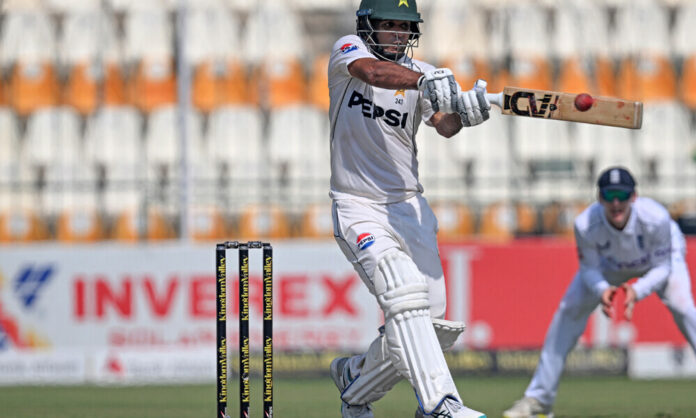Emblazoned across the jerseys of the Indian Cricket Team is “Dream 11” in bright purple. The richest and most powerful cricket team in the world, India has its pick of sponsors. They have been sponsored in the past by Indian Conglomerate Sahara, Nike, Unicorn startup Byjus, and many others.
When Dream 11 made their bid to join this elite list, they paid a massive INR 358 crores ($42.5 million) to have their name placed front and centre on the Indian jersey for a three year period. Why? Because Dream 11 is the closest thing you can get to legal online betting in India, and in a cricket crazed country of one-and-a-half billion people, that means big money.
What do we mean by Dream 11 being the ‘closest’ thing to legal online betting? Much like in Pakistan, betting is prohibited by law in India. But Dream 11 bills itself not as a betting company but as a “fantasy sports” platform. The concept of fantasy sports is pretty simple. You sign up on a website, you spend money to “buy” certain players for a fantasy team of your choosing, and then you gain points depending on how well those players perform. You can buy or sell those players to others with fantasy teams and prices go up and down depending on how many points each player has managed to get.
This might sound a lot like gambling considering you make and lose money depending on how well a particular player performs on a particular day. The only difference is that legally, fantasy sports are considered a game of skill since it involves participants analysing and deliberating on which players might perform well or not. Because of this key difference, it does not fall within the legal definition of gambling. The content in this publication is expensive to produce. But unlike other journalistic outfits, business publications have to cover the very organizations that directly give them advertisements. Hence, this large source of revenue, which is the lifeblood of other media houses, is severely compromised on account of Profit’s no-compromise policy when it comes to our reporting. No wonder, Profit has lost multiple ad deals, worth tens of millions of rupees, due to stories that held big businesses to account. Hence, for our work to continue unfettered, it must be supported by discerning readers who know the value of quality business journalism, not just for the economy but for the society as a whole.To read the full article, subscribe and support independent business journalism in Pakistan

























